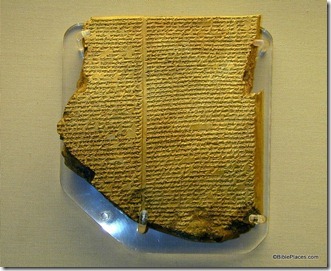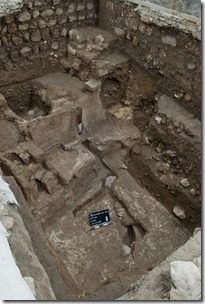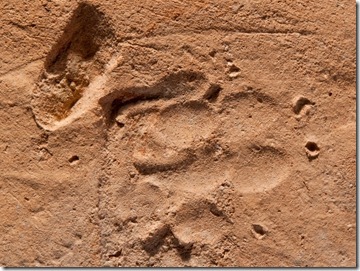This week’s free item is the ESV Bible Atlas. I mentioned many of the great features I liked about this atlas when it was  released five months ago. One of the stand-out qualities is the free CD included with the atlas with more than a hundred of the maps in electronic format. A friend wrote recently to ask how to get the beautiful reconstruction diagrams (many by Leen Ritmeyer) without scanning them one by one. Scanning is particularly difficult because of the diagrams’ large size and the seam in the middle. (I’ve cut the binding off of a number of books in order to get good quality scans, but this does make the book less use-able.)
released five months ago. One of the stand-out qualities is the free CD included with the atlas with more than a hundred of the maps in electronic format. A friend wrote recently to ask how to get the beautiful reconstruction diagrams (many by Leen Ritmeyer) without scanning them one by one. Scanning is particularly difficult because of the diagrams’ large size and the seam in the middle. (I’ve cut the binding off of a number of books in order to get good quality scans, but this does make the book less use-able.)
There is a good solution. All of the ESV Bible Atlas drawings are included in the ESV Study Bible (plus a few extra). The study Bible is now available in digital form in Logos Bible Software. Thus for $40 you get all of the diagrams in ready-to-use PowerPoint format, plus all of the extensive study notes (which I use frequently in my study).
In other words, you get a wealth of resources with the combination of the ESV Bible Atlas (with CD) and the Logos version of the ESV Study Bible.
UPDATE: After writing the above, I stumbled upon a previous post which reminds me that the printed version of ESV Study Bible includes online access to the notes and diagrams. Thus you can choose whether the printed or electronic Bible best fits your need, knowing that either way you get the diagrams in digital form.
For this week’s give-away, we have a free copy of the ESV Bible Atlas. The rules: enter your name and email address by Monday noon (PST). The winner will be contacted by email for a shipping address and all other names and email addresses will be deleted.
UPDATE (11/29): The True Random Number Generator at Random.org has selected #14.
Congratulations to Keith.


